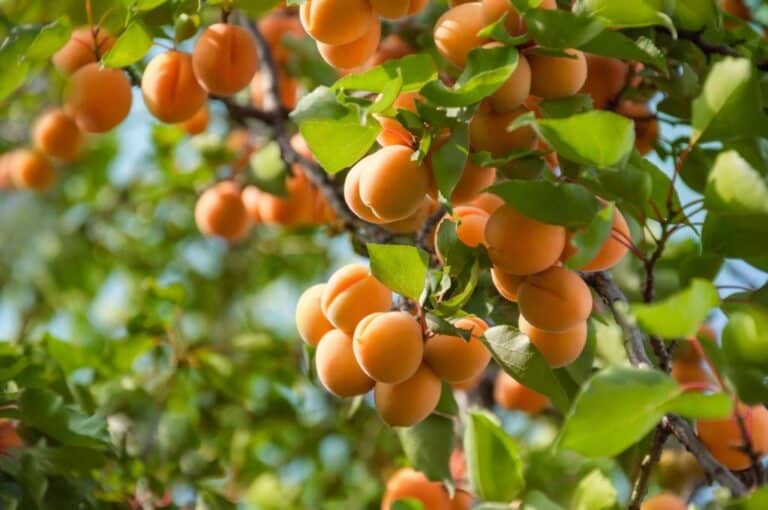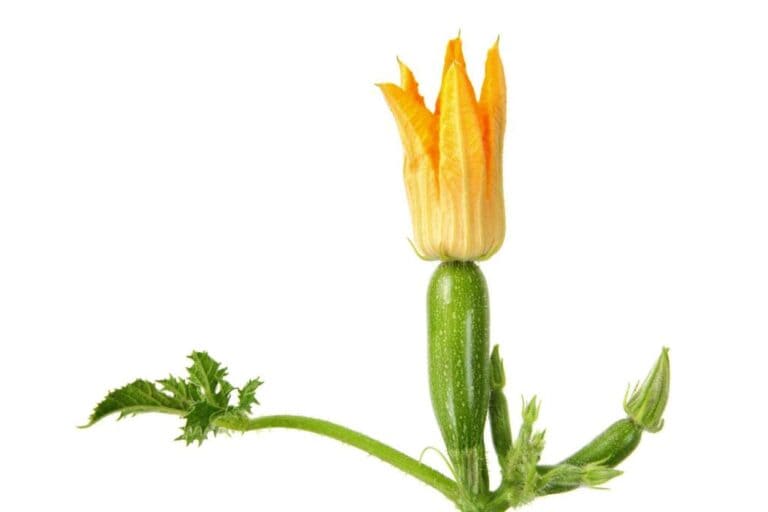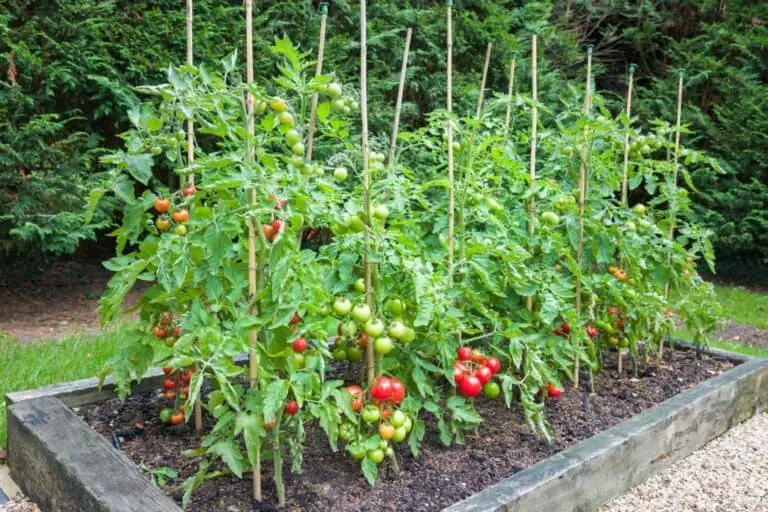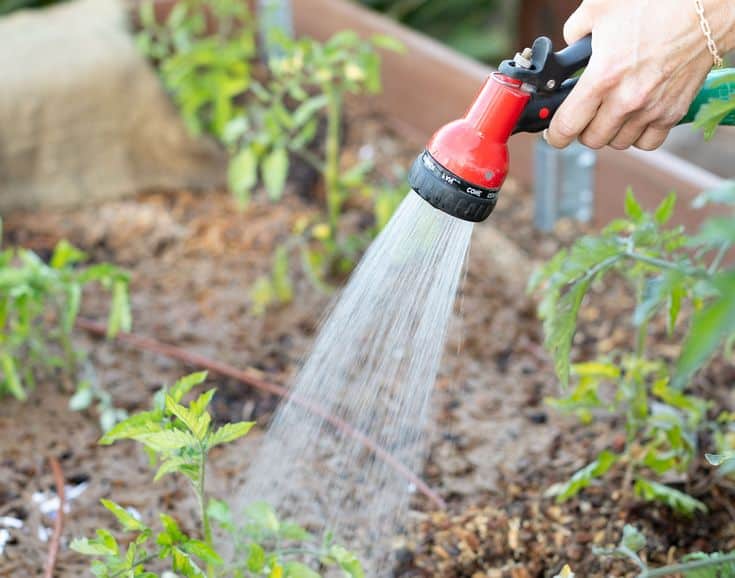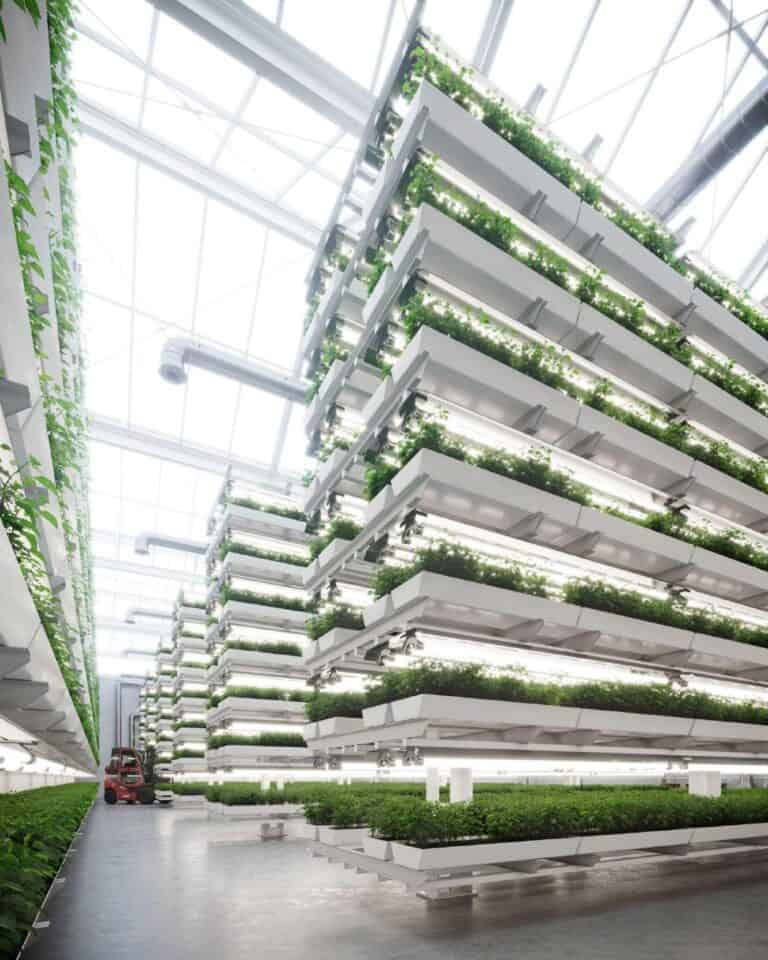Do Broccoli Plants Keep Producing More Than Once? How Many Times?
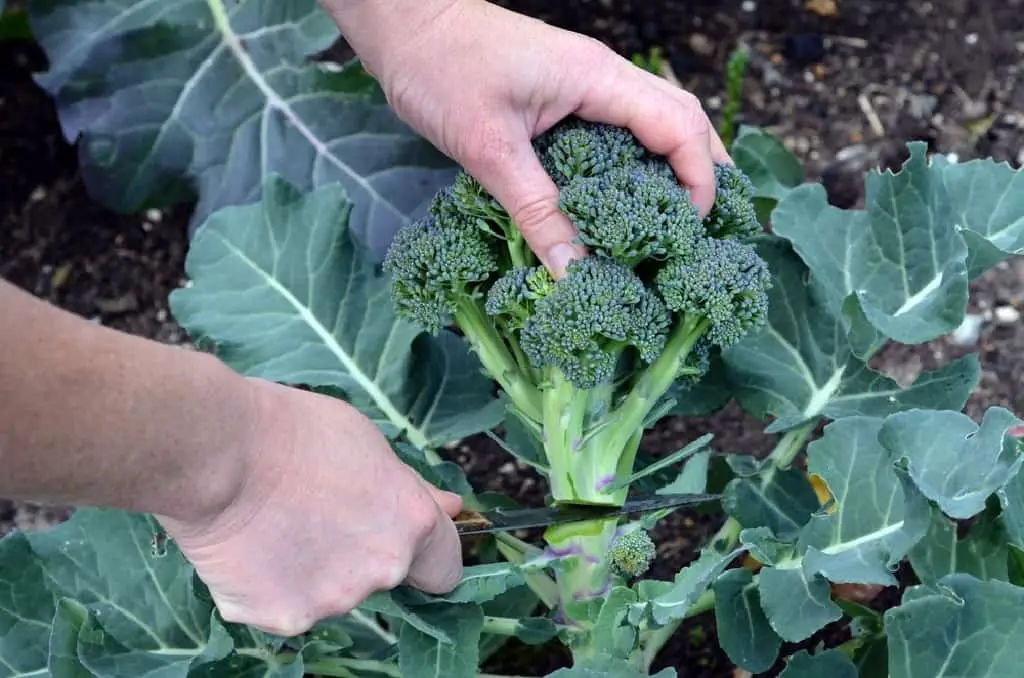
Broccoli is packed with nutrients and has a unique taste. It’s popular with health-conscious people and food lovers. If you’re considering growing your own broccoli, you might be curious about whether these plants produce more than once. How many times can these green champs grace our plates?
In this article, we will dive into the world of broccoli plants. We’ll find out how many times they can produce those tasty florets. We will explore their life cycle. We will look at factors that affect regrowth. We will discuss pruning techniques and the best conditions for lasting productivity. Get ready to embark on a journey of green abundance!
So buckle up, folks, as we embark on a journey of growth, rejuvenation, and the sheer marvel of nature’s delicious surprises. Get ready to explore the magic of broccoli plants. They bless us with tasty florets many times! Let’s dig in!
Life Cycle of Broccoli Plants
To understand how broccoli plants can produce multiple times, it’s essential to grasp broccoli life cycle. Like many other vegetables, broccoli plants follow a similar pattern of growth stages:
1. Germination Stage of Broccoli Seeds
The first phase of the broccoli seed’s life cycle is germination. It refers to the process by which a seed sprouts and begins to develop into a seedling.
2. Seedling Stage of Broccoli Plants
Broccoli seeds become seedlings after the germination stage. This stage is critical for their subsequent development and growth.
3. Vegetative Growth Stage of Broccoli Plants
During this phase, the broccoli plant focuses on leaf and root development. It gathers energy and nutrients to prepare for the flowering stage.
4. Flowering and Head Formation in Broccoli Plants
This is when the broccoli plant’s distinctive flower head, composed of compact clusters of florets, begins to form. It takes time for the flower head to reach its full size, signaling that it is ready for harvest.
5. Harvesting Broccoli Heads
The pinnacle of excitement! You can now reap the rewards of your efforts by carefully cutting the mature flower head. When to harvest broccoli depends on the seasons and timing of regional market harvest time.
| Read: When to Plant Broccoli in Indiana: Optimal Seasons and Tips |
Do Broccoli Plants Keep Producing More Than Once?
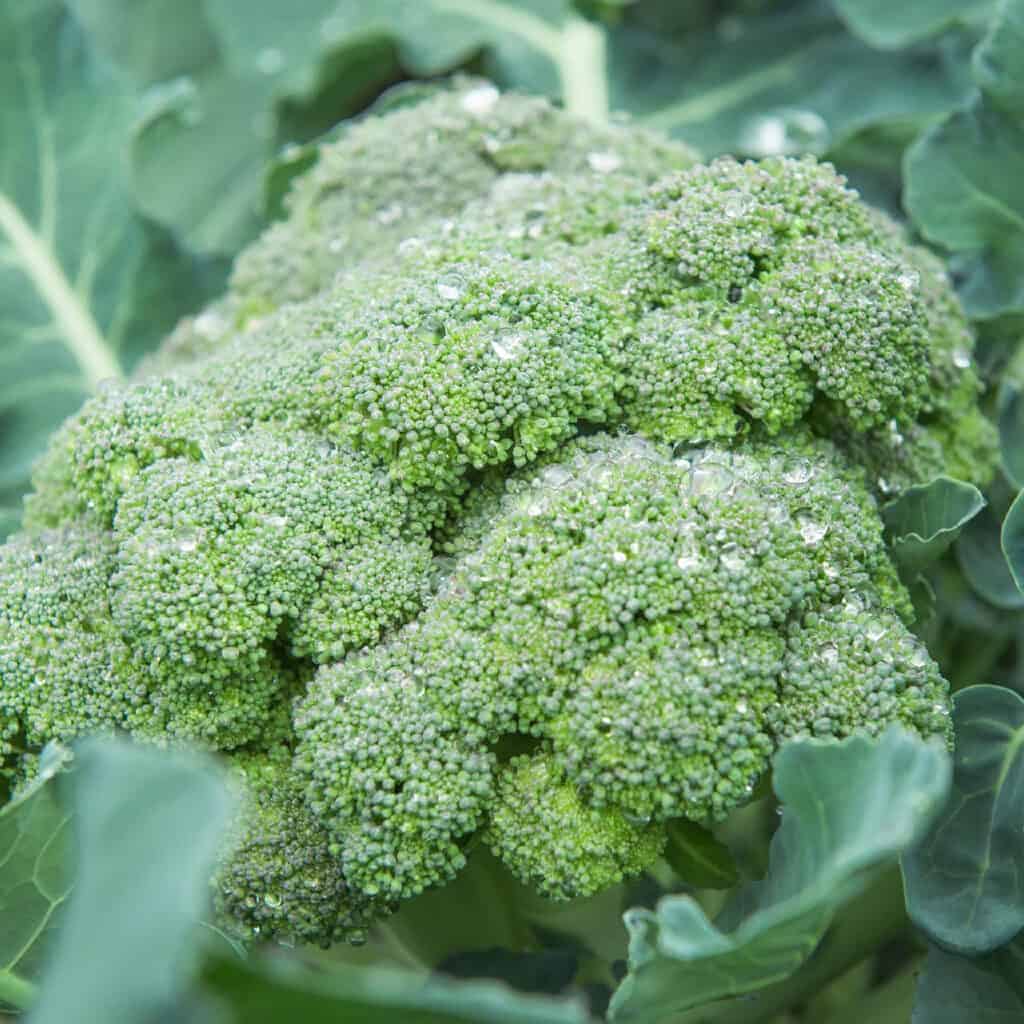
Yes, broccoli plants can be produced more than once. After harvesting the main head of broccoli, smaller side shoots can keep growing. You can harvest these shoots for up to three months.
In most broccoli varieties, numerous side shoots form as well, and these smaller heads continue to mature after the central head is harvested. This is the best way to have a second – and sometimes a third – crop of broccoli from a single plant.
When you think about it, the ability of broccoli plants to produce side shoots is truly remarkable. These side shoots, also known as secondary heads or florets, emerge from the leaf axils, which are the points where the leaves join the main stem. They may not be as big as the central head, but they are just as tasty and healthy. They have a tender texture and a milder flavor.
Picture the joy of caring for your broccoli plant. You can harvest the main head when it’s fully grown. Then, enjoy a tasty meal made with it! But the story doesn’t end there! In the weeks that follow, as you continue to care for your plant, these side shoots will start to appear. They begin as small, unassuming buds, but with time and attention, they grow into miniature versions of the main head, ready for your culinary delight.
What’s even more impressive is the duration of this side shoot production. It’s not a one-time occurrence; it can last for several months! Can you believe it? With a single broccoli plant, you can have a continuous supply of fresh, homegrown broccoli. Your broccoli still grows back after cutting; it’s like having your own personal grocery store right in your backyard.
Of course, the number and size of the side shoots can vary depending on various factors. The specific broccoli variety you’re growing, the environmental conditions, and the care you provide to your plant all play a role in determining the abundance of these secondary heads. Some plants may produce just a few side shoots, while others can yield a bountiful harvest.
How Many Times Can Broccoli Plants Produce Side Shoots?
A broccoli plant can grow side shoots multiple times. This depends on factors like the variety, growing conditions, and your gardening methods. However, on average, you can expect a healthy broccoli plant to produce side shoots for several weeks after the main head has been harvested.
Sometimes, broccoli plants make just a few side shoots. Other times, they keep growing many more. Well-cared-for plants often grow multiple waves of side shoots. This means you can enjoy fresh broccoli all season long.
The side shoots of broccoli plants can give you more fresh produce, but they have limits. As the growing season continues and the plant matures, the number and size of the side shoots may slowly drop.
The plant begins to prioritize flowering and seed production of broccoli in the ground, diverting its resources away from side shoot development.
Knowing when to stop harvesting the side shoots is crucial. As the plant enters its later stages, you’ll notice the emergence of yellow flowers and the development of small seed pods. These flowers and seeds aren’t good for cooking, but they are important for saving seeds for future planting.
Allowing the plant to complete its life cycle and produce seeds ensures the continuation of this incredible process.
Factors Affecting Broccoli Plant’s Ability to Produce Multiple Times
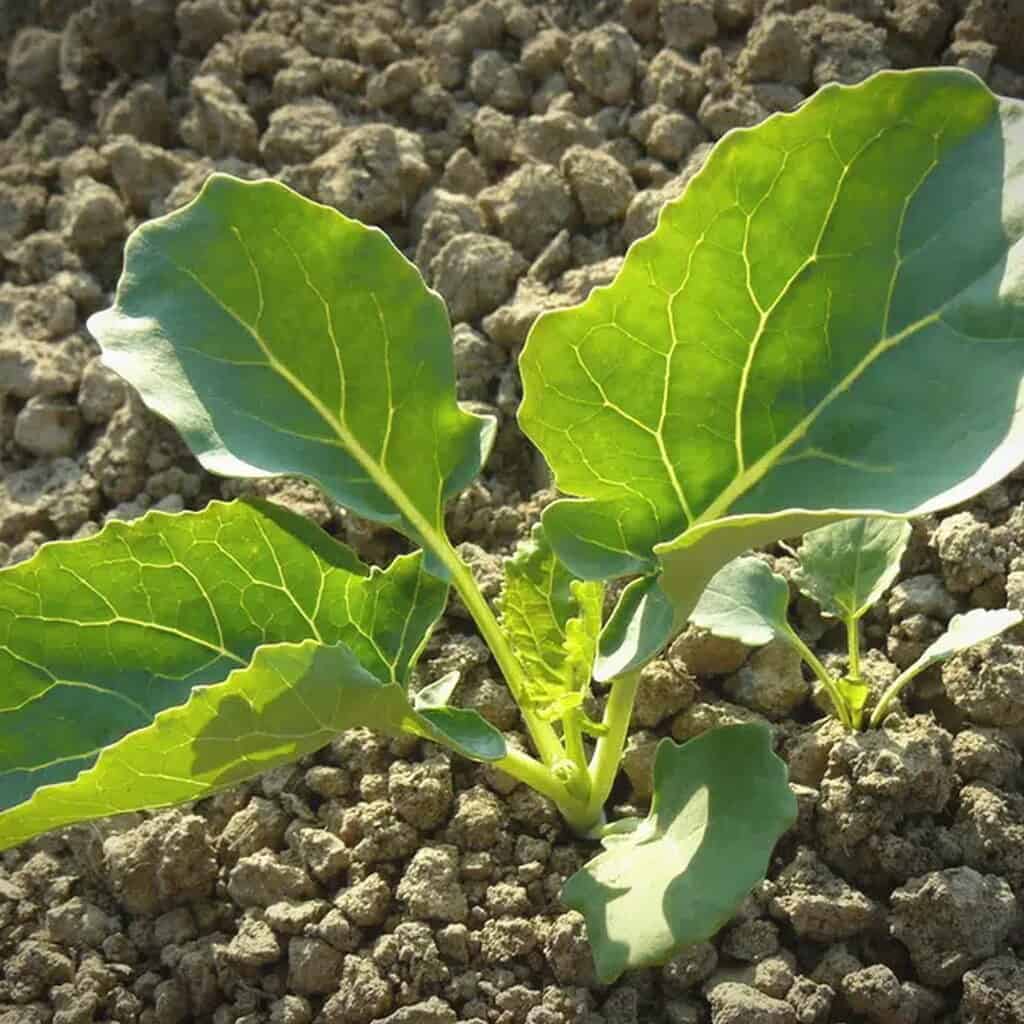
While broccoli plants have the potential to regrow, certain factors influence their ability to do so. These factors include:
- Varietal Characteristics: Some broccoli varieties are bred specifically for their regrowth capabilities. Choosing the right variety can significantly impact the number of harvests you can obtain.
- Environmental Conditions: Broccoli plants thrive in cool temperatures between 65°F and 75°F (18°C and 24°C). They prefer full sun exposure but can tolerate partial shade. Providing suitable conditions will enhance their regrowth potential.
- Soil Fertility: Nutrient-rich soil is vital for sustained productivity. Focus on organic matter. Make sure to have a good mix of key nutrients, such as nitrogen, phosphorus, and potassium.
- Watering and irrigation: Adequate watering is crucial for healthy broccoli regrowth. Broccoli plants require consistent moisture, but avoid overwatering, as it can lead to root rot and other problems.
Harvesting and Pruning Techniques to Encourage Regrowth
Proper harvesting and pruning techniques play a significant role in promoting regrowth. Here are some tips to maximize your broccoli plant’s productivity:
- Selective Harvesting: When harvesting the mature flower head, leave the smaller lateral buds intact. This will encourage the plant to produce more side shoots, resulting in additional harvests.
- Cutting Technique: To harvest the main flower head, make a diagonal cut about 5 to 6 inches (12 to 15 cm) below the head. Be careful not to damage the nearby buds. Use a sharp knife or garden shears for clean cuts.
- Pruning Side Shoots: As side shoots develop, selectively prune the larger ones to channel the plant’s energy towards the smaller, emerging shoots. This practice ensures continued regrowth without sacrificing the overall productivity of the plant.
- Timing of Harvest: Harvest the main flower head when it reaches its full size and before the florets start to open. This ensures the best flavor and texture. For subsequent harvests, monitor the growth of the side shoots and harvest broccoli when they reach a suitable size.
- Regular Maintenance: Remove any yellowing or damaged leaves to promote airflow and prevent the spread of diseases. This helps to maintain the plant’s overall health and vitality.
Common Pests and Diseases Affecting Broccoli Plants
Pests and diseases can also contribute to the lack of growth and head formation in broccoli plants. Here are some common culprits to watch out for:
1. Aphids
Aphids are tiny, sap-sucking insects that can colonize broccoli plants and distort their growth. They feed on the sap, causing stunted growth, deformed heads, and yellowing leaves.
To control aphids, try these methods:
- Use organic insecticidal soaps or sprays.
- Introduce helpful insects, like ladybugs or lacewings.
- Spray plants with a strong stream of water to wash them off.
2. Cabbage Worms
Cabbage worms, the larvae of cabbage butterflies, can wreak havoc on broccoli plants. These voracious eaters chew through leaves and can prevent proper head development. Handpicking the worms off the plants is an effective method of control. You can use organic insecticides like Bacillus thuringiensis (Bt) to target these pests.
3. Clubroot
Clubroot is a soil-borne disease that affects members of the cabbage family, including broccoli. It causes swollen, deformed roots and stunted growth. Unfortunately, there is no cure for clubroot once the plant is infected. The best approach is prevention. Before planting, ensure that your soil is well-drained and avoid planting broccoli in areas where clubroot has been an issue in the past.
4. Fusarium Yellows
Fusarium yellows is another fungal disease that affects broccoli plants. It causes yellowing and stunting of the plant, ultimately leading to reduced head formation. To stop fusarium yellows, rotate your crops. Don’t plant broccoli where other brassicas have been recently. Also, make sure the soil drains well.
5. Flea Beetles
These tiny, jumping beetles feed on the leaves of broccoli plants, resulting in small holes and damage. Use row covers or insecticides labeled for flea beetles to protect your plants.
Early detection and proactive pest management are key to keeping your broccoli healthy. This helps ensure they produce for a long time.
Summary
Broccoli plants can grow side shoots, called secondary heads, after you harvest the main head. A plant can produce side shoots many times. On average, expect several waves of side shoots over a few weeks. To boost side shoot growth in your broccoli plants, use good gardening practices. Water them well, fertilize, prune, and mulch.
But remember, side shoot production has limits. As the plant grows, the number and size of side shoots might go down. Factors like temperature, sunlight, and overall plant health can influence side shoot production. It’s important to know when to stop harvesting. This lets the broccoli plant focus on flowering and seed production. Doing so helps the plant’s natural life cycle.
If you want a steady supply of fresh, nutritious broccoli, grow varieties that produce side shoots. Also, use good care and maintenance techniques. With a little effort and patience, you can savor the delectable taste of homegrown broccoli throughout the growing season.
FAQs
Can I grow broccoli year-round?
Growing broccoli year-round is possible in regions with mild climates or by utilizing greenhouse or indoor growing techniques. However, keep in mind that broccoli plants prefer cooler temperatures for optimal growth.
How long does it take for a broccoli plant to mature?
On average, it takes approximately 60 to 100 days for a broccoli plant to reach maturity, depending on the variety and growing conditions.
Can I grow broccoli from cuttings?
Broccoli is typically grown from seeds, as it is a cool-season crop. While it is possible to propagate broccoli from cuttings, it may not yield the same level of success as growing from seeds.
Why are my broccoli plants not regrowing?
Several factors can hinder regrowth, including unsuitable environmental conditions, inadequate pruning techniques, nutrient deficiencies, or pest and disease issues. Assess these factors and make necessary adjustments to encourage regrowth.
What are the signs of broccoli plant maturity for harvest?
Look for firm, tight, and fully developed flower heads. Avoid harvesting when the florets start to open, as this indicates over-maturity and may result in a bitter taste
Can I eat the leaves of broccoli plants?
Yes, the leaves of broccoli plants are edible and contain similar nutritional benefits to the flower heads. They can be cooked and enjoyed like other leafy greens.
How do I store harvested broccoli?
To maintain freshness, store harvested broccoli heads in a plastic bag or airtight container in the refrigerator’s crisper drawer. Consume them within a week for the best flavor and texture.

